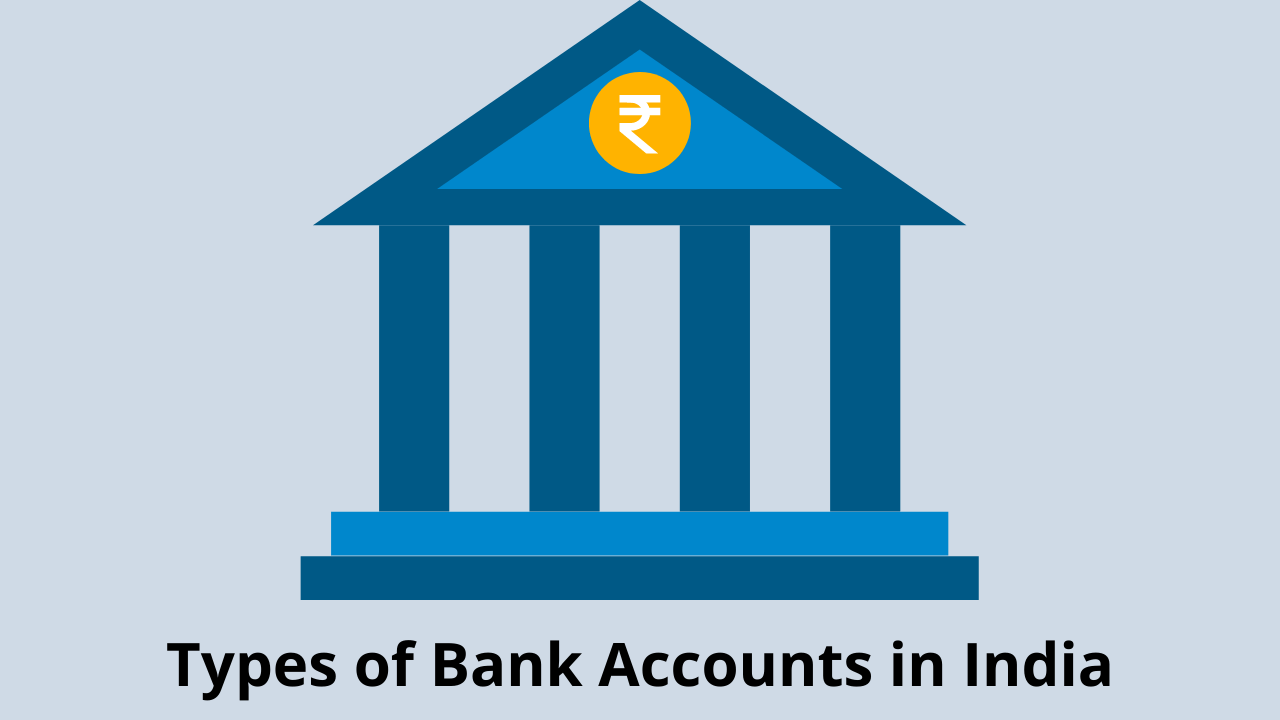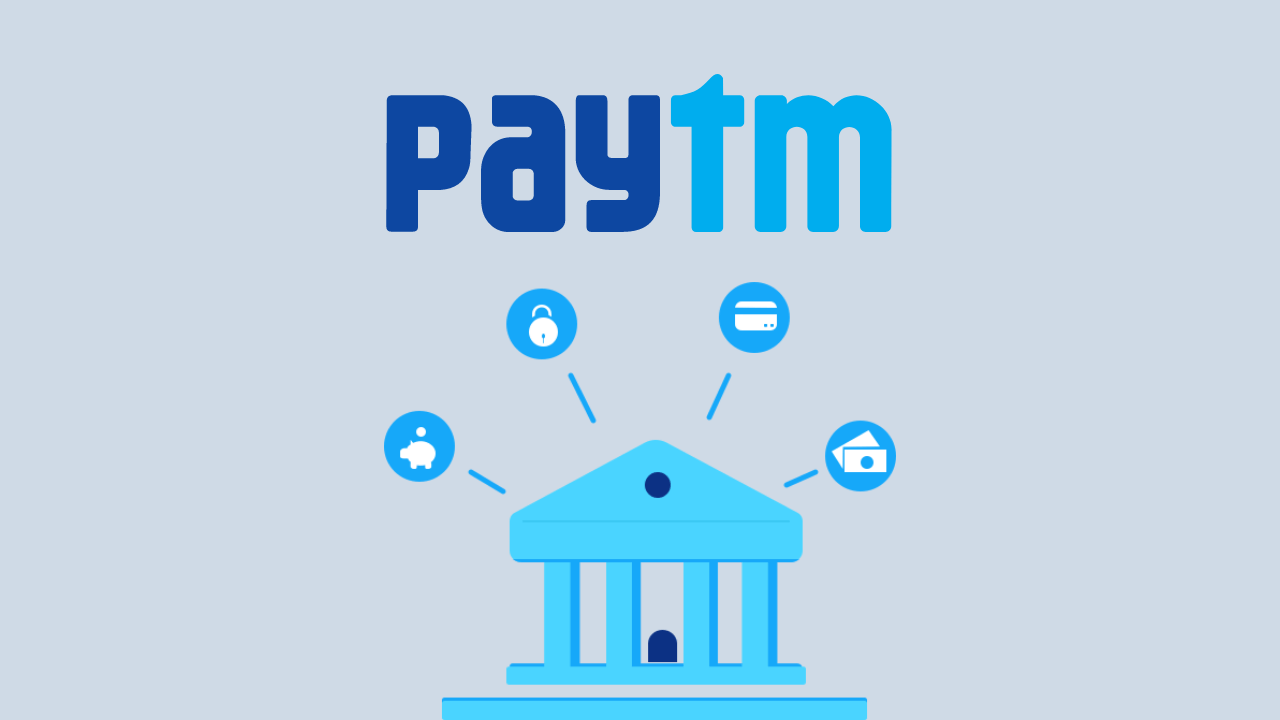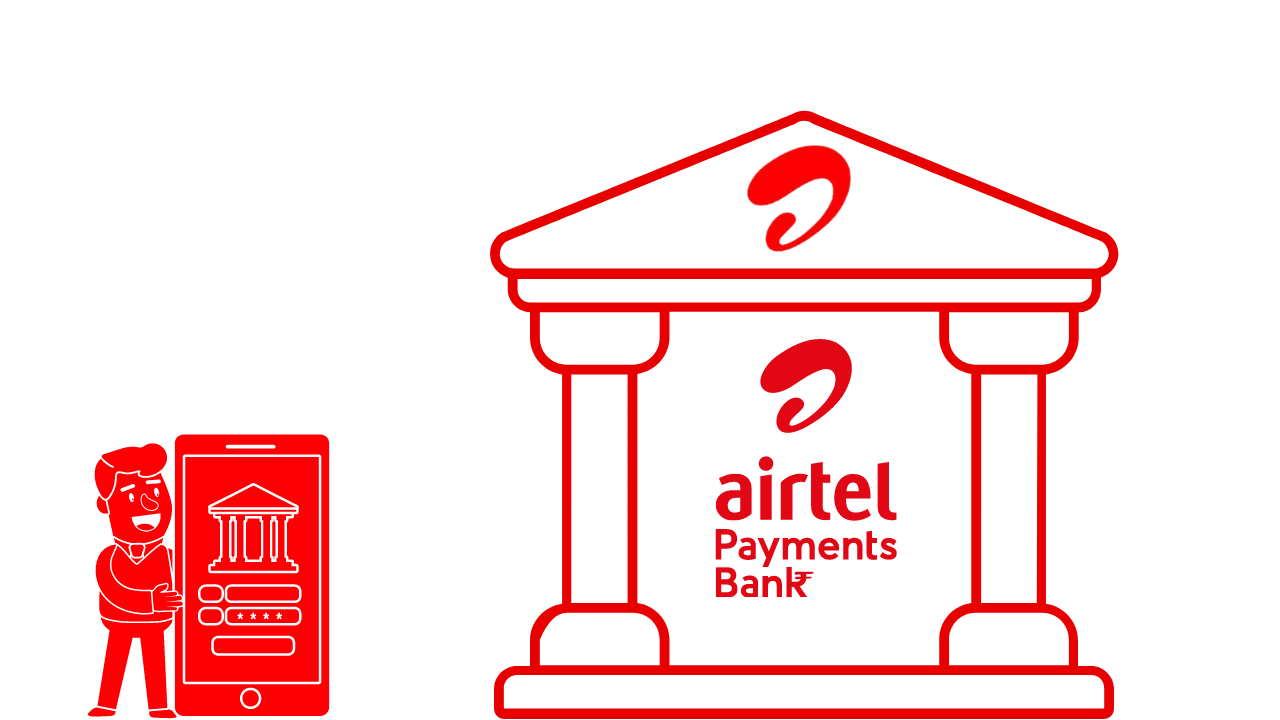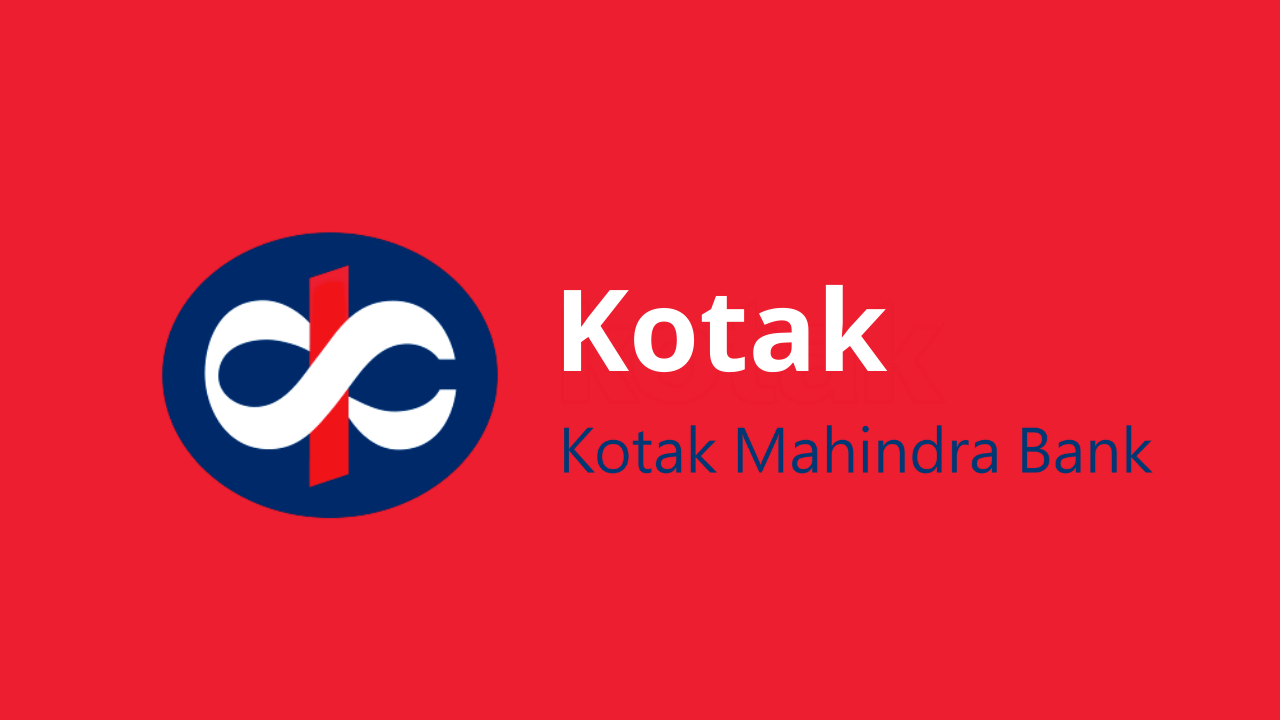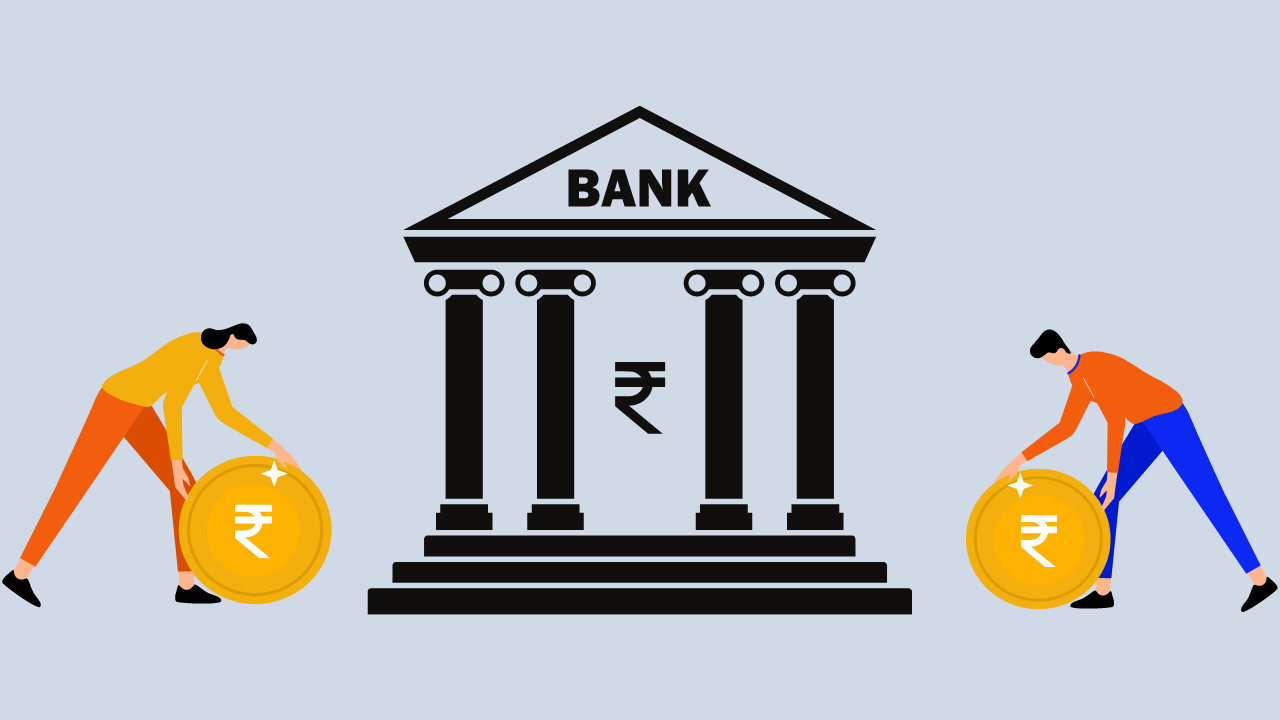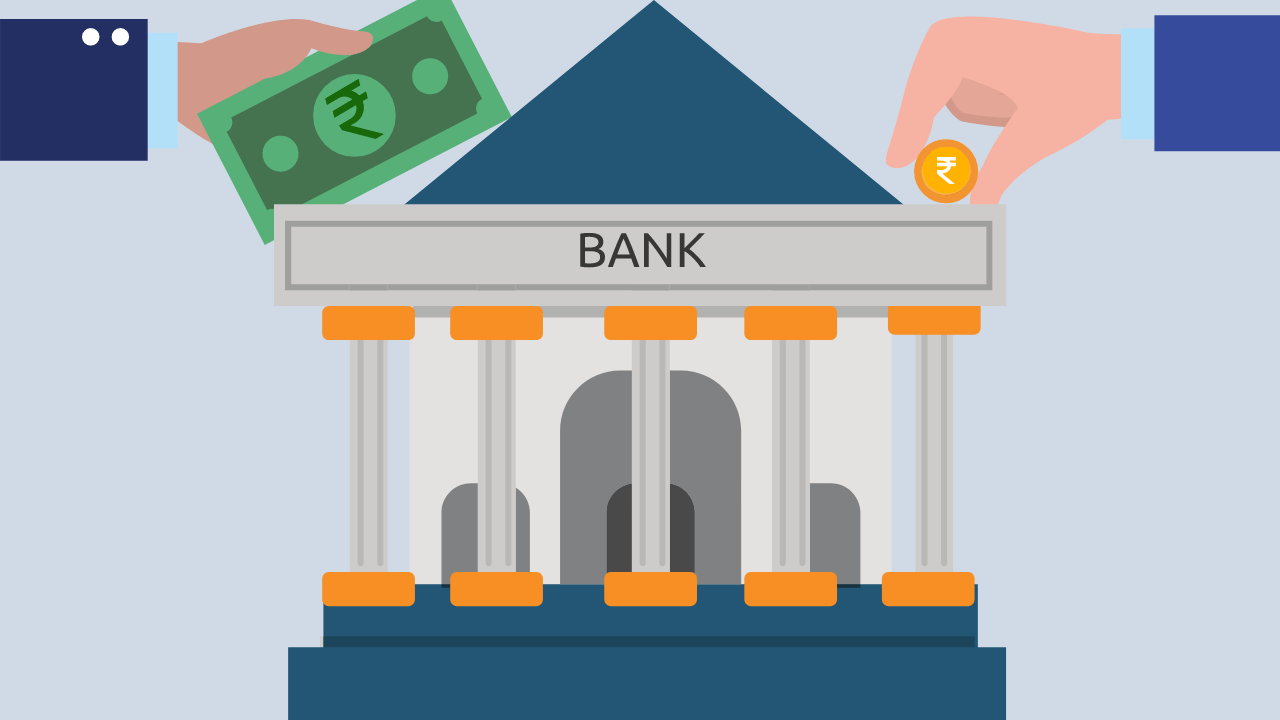India Post has an important role in the Indian economy. A post office not only transports post or mail globally but also gives financial services for savings to their customers. Individuals can avail of benefits of the post office savings scheme which is risk-free. Because these savings schemes are backed by the government.
There are many other savings schemes like FD and other savings schemes. The majority of people like to take recurring deposit savings schemes which are available in post offices.
What is a Post Office Recurring Deposit Scheme?
India post provides 9 savings plans which are backed by the government of India. Recurring Deposit is one of it, a mid-term savings plan. Customers will be depositing money for 5 years at minimum with this plan.
RD is a risk-free investment for those customers who prefer to invest in low-risk investments. Even for those who are going to invest for the first time, it’s the best option for customers. In this scheme, there is a set of money to be deposited in the plan at a regular period with interest accrued and compounded quarterly.
Eligibility Criteria for the Post Office Recurring Deposit
The main eligibility criteria for the RD scheme of the Post Office are given below:
- Customers should be citizens of India and 18 years old.
- Minors’ age must be over 10 years.
- Parents/guardians of a minor can open an account on behalf of a minor.
Note: Recurring Deposit scheme will be held jointly by parents of minors. Customers who are above the age of 18 can open a single account.
Features of the Post Office Recurring Deposit
Post Office RD provides many features and benefits which are mentioned below:
- Limited Restriction: For opening an RD account, customers can deposit money as low as 10 rupees monthly.
- Operations: A Post Office RD account can be opened single or jointly by a customer. In the case of minors, A joint RD account will be opened by parents on behalf of minors.
- Interest: A post office offers a fixed interest rate on the RD scheme. The interest accrued is compounded quarterly.
- Nomination: Customers can choose a nominee either while opening an RD account or an existing account as well.
- Transfer amount: RD scheme holders can transfer their amount to a savings account.
Rate of Interest on Post Office Recurring Deposit
Customers get a 5.8% interest rate on Post Office RD which is much better than other financial institutions.
The best thing is that compound interest is calculated quarterly.
Post Office RD interest is provided based on the compounding principle. The formula which is used for compound interest is given below to calculate the interest of the Post Office Recurring Deposit account:
A= P x (1+R/N) ^ (Nt)
A = Maturing Amount
P = Recurring Amount
N= Number of times the interest has been compounded
T= Tenure
R= Rate of interest
A rebate is a discount given to Post Office RD Scheme account holders to encourage early or prepayments into their accounts.
For instance, if an individual deposits Rs.1,000 as a prepayment into their RD account at the Post Office for a total term of 7 months, the person is entitled to a refund of Rs.1 for every Rs.10 deposited in advance under this rebate scheme. Therefore, for the grand total of Rs.1,000, he gets a discount of Rs.100.
Account holders of the post office RD account can get a rebate system, if the account holder deposits for 6 months in advance, that is total funds of 6 installments.
If individual delays in deposits, then account holders have to pay penalties as particular to the bank. But in the case of the Post Office RD account allowed a max of 4 defaults on their payments, but after their account will be discontinued.
As a fine, 5 paise will be earned for every Rs 5 and the penalty should be credited to their RD account along with the missed payment. The post office allows RD account holders to revive their account by paying 2 months after the 5th default.
For individuals who want to invest their savings without taking risks then Recurring Deposit is the best option for them. There are various banks that provide RD options to their customers to invest certain funds on a monthly basis to earn interest on it.
People can also open RDs in Post offices in India as well. Here we will tell you the offers that are provided by the bank and Post office. We are going to mention the differences between RD with bank and RD with Post Office in India:-
- The different lenders offered different interest rates in India. The interest rate may be up to 7% per annum and the customer will earn interest of 5.8% per annum in the post office.
- Customers can choose RD tenure up to 10 years in a bank but in a post office max investment tenure up to 5 years.
- Premature withdrawal in a bank is up to 95% but in the post office, it is up to 50%.
- Both bank and post office provide nomination facility
- Both bank and post office calculated interest on a quarterly basis
Premature Withdrawal of Post Office RD
In case of an emergency, customers can prematurely withdraw but premature withdrawal is allowed after a year from the date of opening an RD account and only 50% of the amount can be withdrawn from the RD account.
A post office RD is best for those who are new to investing without taking risks. Moreover, the post office RD is backed by the government, So it is a risk-free investment
Post Office Public Provident Fund Account: Interest Rate, Features, Eligibility and Benefits
How To Open FD in Indian Post Office


